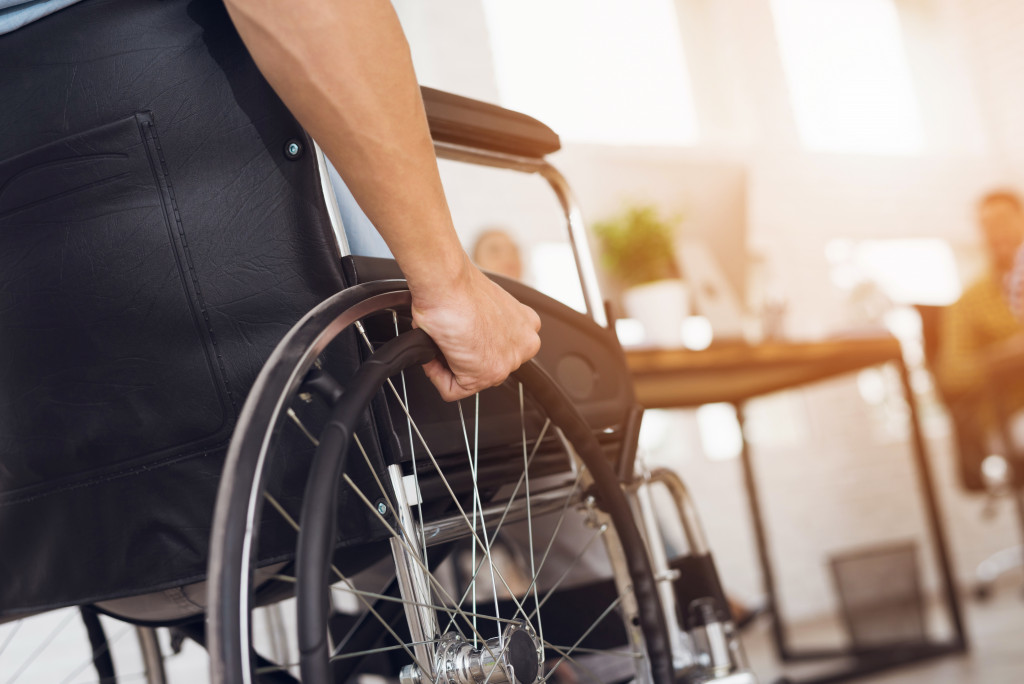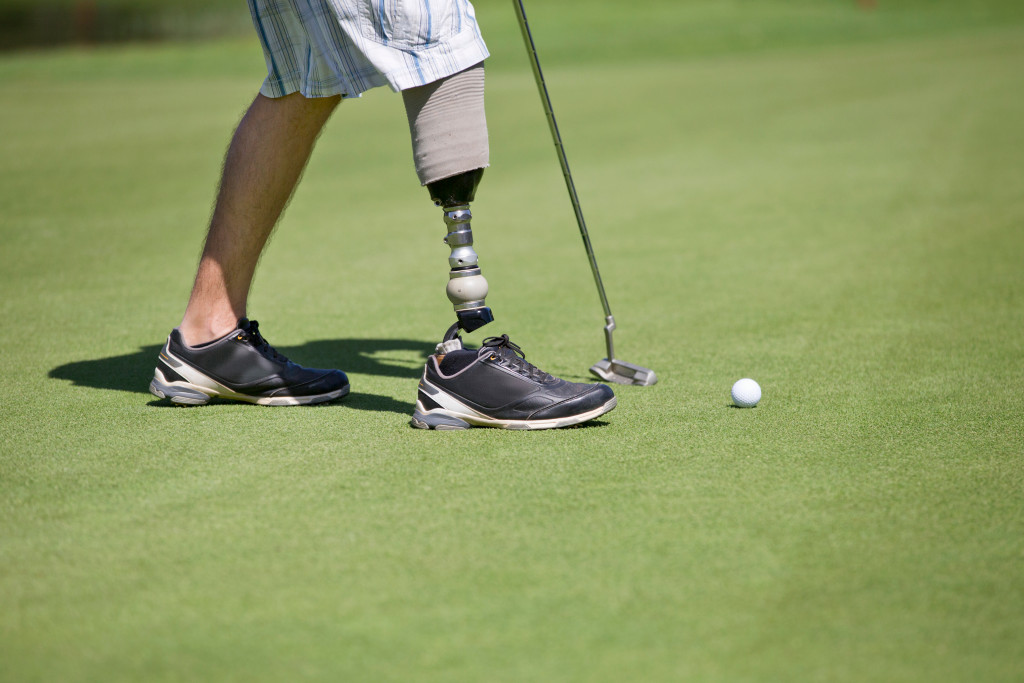- Start with adaptive sports to ease yourself back into physical activity.
- Seek support from trusted NDIS plan managers and apply for the National Disability Insurance Scheme (NDIS) if necessary.
- Work with a prosthetist to receive advice on how to select and customize a prosthesis that suits your lifestyle and sports goals.
- Seek professional coaching if you have ambitious sports goals, such as competing in the Paralympic Games.
- Challenge yourself by setting realistic goals, focusing on what you can do, embracing adaptability, and connecting with others.
Losing a limb can be a life-altering experience, physically, emotionally, and mentally. It is common for amputees to struggle with self-doubt and self-consciousness, especially when participating in physical activities such as sports.
However, it is essential to know that amputees can and do participate in sports at various levels of intensity and competition. Amputees can adapt, overcome, and thrive in their sports journey with the right mindset, support, and resources.
Start with Adaptive Sports
Participating in adaptive sports designed for people with physical impairments is an excellent way for amputees to ease back into a physical activity routine. Adaptive sports often involve modifications to traditional sports, making them more accessible and comfortable for amputees. Popular adaptive sports include wheelchair basketball, adaptive skiing, hand cycling, and swimming. These sports offer amputees a chance to enjoy the thrill of competition, maintain fitness and strength, and build confidence.
Seek Support

Returning to sports after an amputation can be a challenging and overwhelming experience, but seeking support can make the process easier. In Australia, individuals can apply for the National Disability Insurance Scheme (NDIS) to receive financial and practical assistance to aid their recovery.
However, navigating the NDIS application process can be daunting, especially when an individual is already dealing with a significant physical and emotional transition. Thankfully, many trusted NDIS plan managers have expertise in helping people get access to the support they need. These experts can assist with the NDIS application process, provide advice on how to use funds allocated for rehabilitation, and even source specialized sports equipment.
Work with a Prosthetist
A prosthetist is a healthcare professional who specializes in designing, fitting, and fabricating prosthetic limbs. They can assist amputees in selecting and customizing prostheses to suit their lifestyle and sports goals.
With a suitable prosthesis, amputees can improve their mobility, balance, and endurance and reduce the risk of injuries. A prosthetist can also advise on proper prosthetic care and maintenance and recommend other helpful resources.
Seek Professional Coaching
If amputees have ambitious sports goals, such as competing in the Paralympic Games, they may benefit from professional coaching. Professional coaches with experience training amputee athletes can provide customized training programs, nutrition plans, and mental coaching to help amputees reach their full potential.
Coaching can also help amputees fine-tune their technique, improve their form, and prevent overuse injuries. Coaches can also assist with the logistical aspects of sports participation, such as travel, accommodations, and competition registration.
Challenge Yourself
By setting realistic goals and pushing yourself to achieve them, you can overcome these obstacles and succeed in your chosen sport. Here are four ways to challenge yourself when returning to sport following an amputation.
Set Realistic Goals
One of the most important things you can do when returning to sport following an amputation is to set realistic goals. This may mean setting smaller, more achievable goals, such as walking for a certain distance or completing a set number of repetitions of a particular exercise.
Focus on What You Can Do
It can be easy to get bogged down in the things you can no longer do following an amputation. However, focusing on what you can do, rather than what you can’t, is essential to returning to sport successfully. This may mean learning new techniques or modifying your approach to specific exercises or activities.
Embrace Adaptability

Adaptability is critical to success when returning to sport following an amputation. Your prosthetic limb may require adjustments or modifications over time, and you may need to adapt your training or competition approach to suit your new abilities. By embracing flexibility and adaptability, you can more easily overcome any challenges that arise and continue to make progress toward your goals.
Connect with Others
Returning to sport following an amputation can be a lonely experience. However, connecting with others who have gone through similar experiences can provide encouragement and support. Consider joining a local amputee support group, connecting with other amputees online, or seeking a mentor with experience competing in your chosen sport.
To Sum Up
Participating in sports following amputation is possible and can be a rewarding and fulfilling experience. By starting with adaptive sports, working with a prosthetist, joining a support group, seeking professional coaching, and challenging oneself, amputees can overcome obstacles and unleash their athletic potential.
